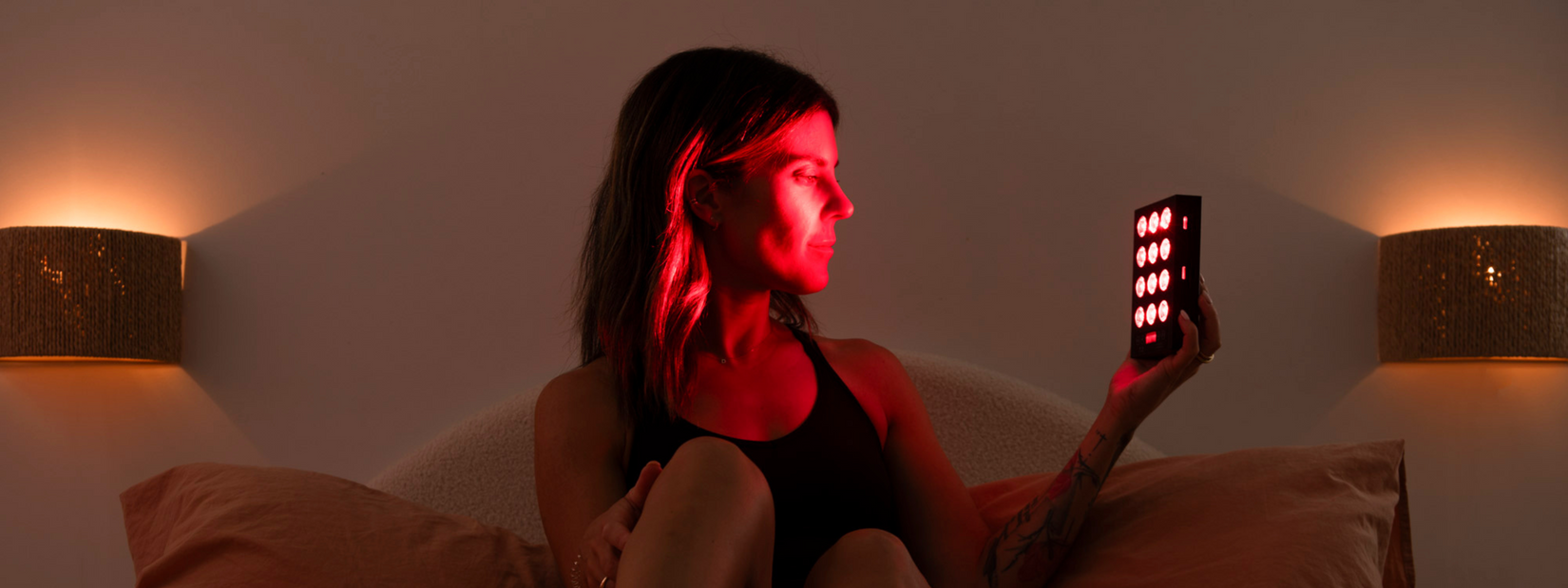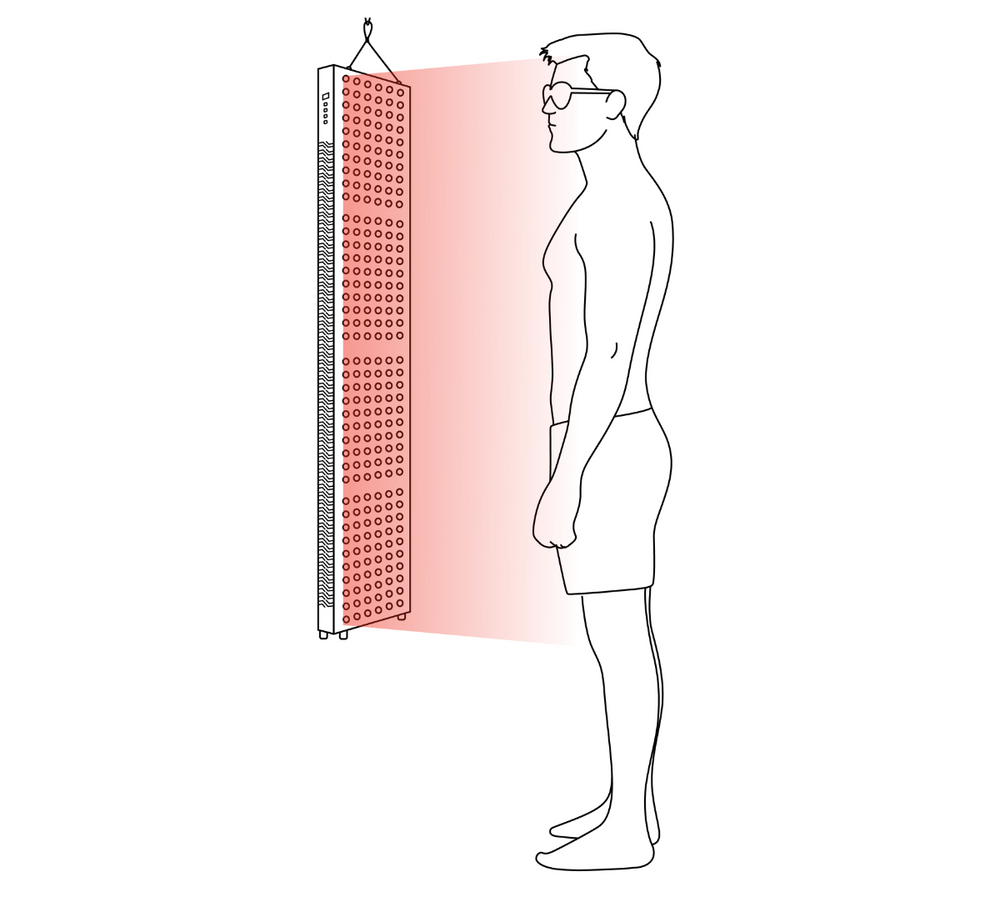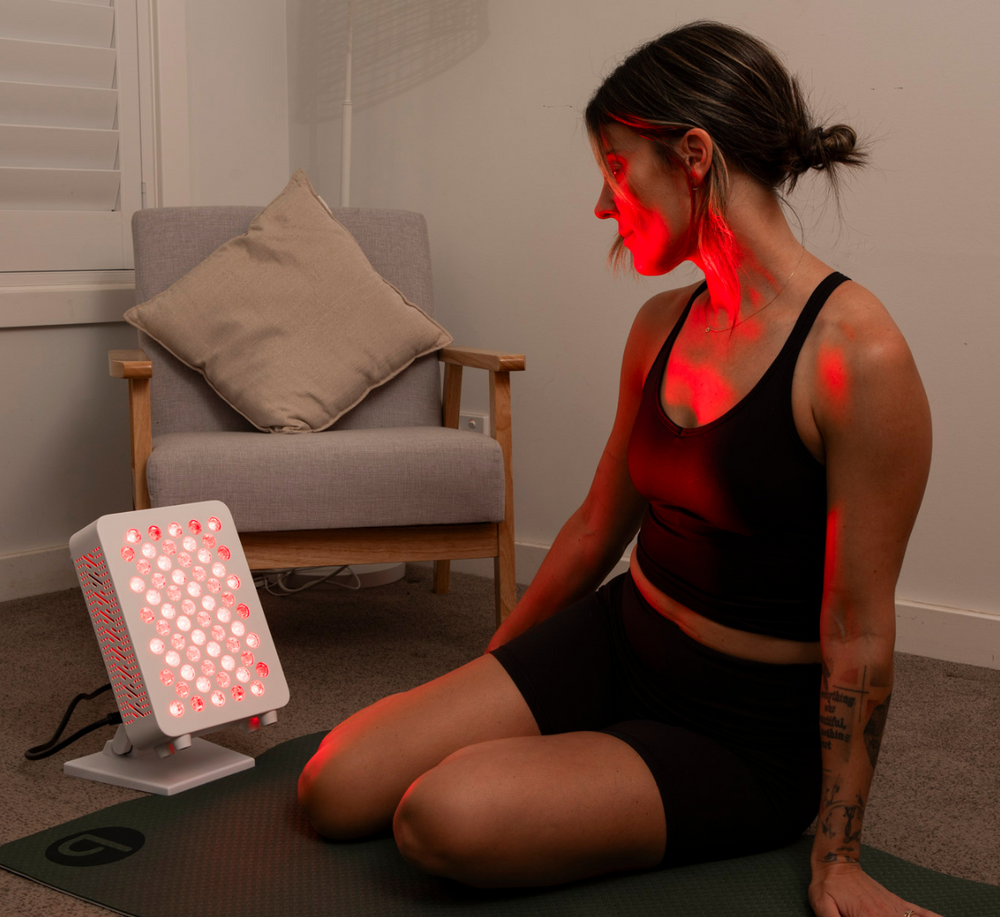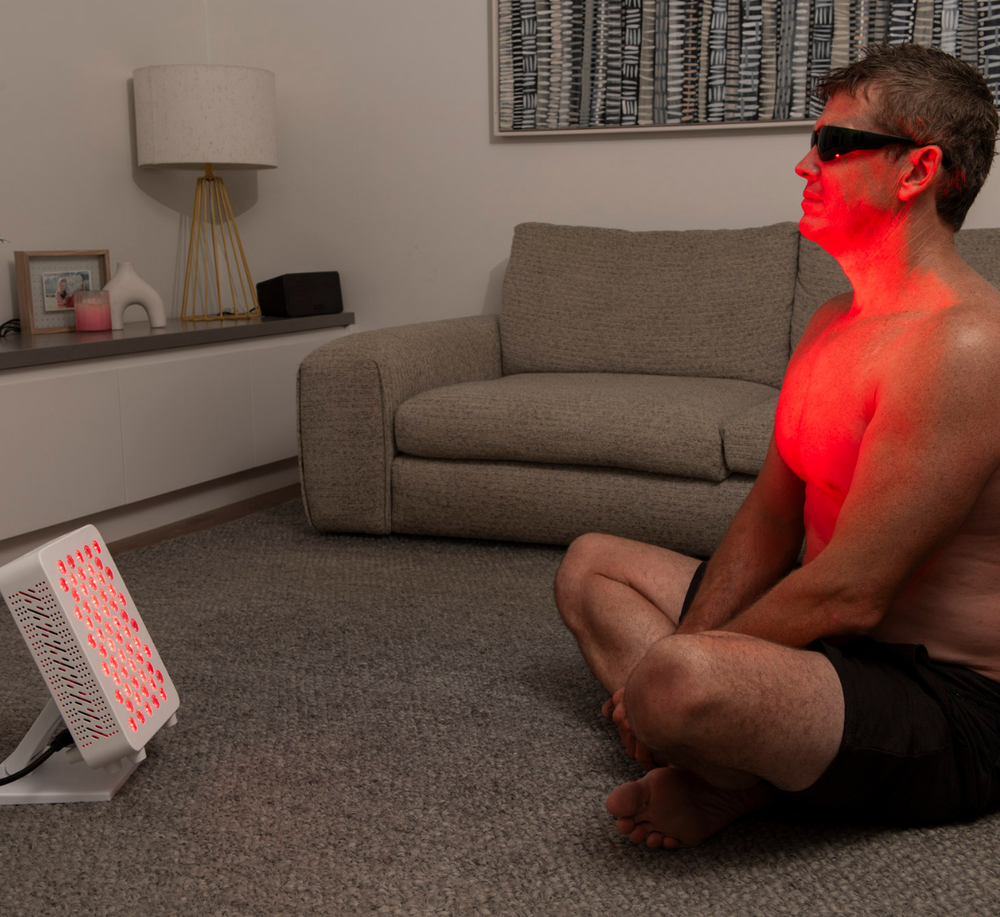

How Red Light Therapy Works
Understanding Red Light Therapy
Red light therapy, also known as low-level laser therapy (LLLT) or photobiomodulation (PBM), harnesses the power of specific wavelengths of light to stimulate cellular function and promote healing within the body. Originating from decades of scientific research and clinical studies, this non-invasive, drug-free approach has gained traction across various medical disciplines, fitness communities, and wellness enthusiasts worldwide.
At the heart of red light therapy lies the concept of photobiomodulation – the process by which photons of light interact with cellular components to initiate biochemical changes. When applied to the skin, red and near-infrared wavelengths penetrate deep into the tissues, where they are absorbed by mitochondria, the energy powerhouses of our cells.
Once absorbed, these photons kickstart a cascade of beneficial reactions, including the production of adenosine triphosphate (ATP), the fuel source for cellular activities. Additionally, red light therapy enhances mitochondrial function, boosts circulation, and reduces oxidative stress, leading to a myriad of health benefits.
The therapeutic potential of red light therapy is vast and diverse, with research supporting its efficacy in accelerating wound healing, reducing inflammation, relieving pain, improving skin health, enhancing muscle recovery, and even supporting cognitive function.
Our Multi Wavelength Technology
Featuring Multi Wavelength technology delivering the 5 most bioactive wavelengths of 630nm, 660nm, 810nm, 830nm & 850nm. You have the choice to use Red Light or Near-Infrared Light separately or combine the power of the two.
Red Light
Red light, with wavelengths of 630nm and 660nm, is readily absorbed by the skin's outer tissues and cells, enhancing skin health and aiding in the healing process.
Near-Infrared Light
Near-infrared (NIR) light, operating at wavelengths of 810, 830nm and 850nm, remains invisible to human vision yet penetrates deeper layers of tissue, contributing to enhanced recovery, reducing inflammation, and alleviating pain.
Red Light and Near-Infrared Light
Combining Red light wavelengths of 630nm and 660nm with near-infrared wavelengths of 810nm, 830nm, and 860nm harnesses the benefits of both spectrums. This synergy supports accelerated recovery, diminishes inflammation, and offers significant pain relief, targeting both surface and deeper tissue layers for comprehensive therapeutic effects.

The Benefits of Red Light Therapy
The Benefits of Red Light Therapy
Red light therapy is renowned for its remarkable ability to accelerate the body's natural healing processes. By stimulating mitochondrial function and enhancing cellular energy production, it promotes tissue repair and regeneration, making it a valuable tool in the treatment of injuries and wounds.
Moreover, red light therapy has emerged as a potent ally in the battle against inflammation, a common denominator in various health conditions. By promoting anti-inflammatory responses, it offers relief to those suffering from chronic inflammatory conditions such as arthritis and autoimmune disorders.
The benefits of red light therapy extend beyond physical healing to encompass skin rejuvenation and beauty enhancement. By stimulating collagen production, improving circulation, and reducing oxidative stress, it combats signs of aging, acne, and other skin imperfections, unveiling a radiant, youthful complexion.
Athletes and fitness enthusiasts also reap rewards from red light therapy, utilising its ability to accelerate muscle recovery, alleviate pain, and enhance performance.

The Difference Between Red and Near Infrared Light
There are a number of differences between red light and near-infrared light. Firstly, while red light is visible to the human eye, near-infrared light is not. Secondly, the wavelengths of red light range from 630 to 700 nanometers, whereas near-infrared light extends notably longer, spanning from 800 to 2,500 nanometers. Importantly, red light primarily affects the skin's surface, whereas near-infrared light can penetrate approximately 30mm into the body.
Both red light and near-infrared light play crucial roles in enhancing cellular energy, reducing inflammation, stimulating collagen production, and improving blood circulation. However, red light is particularly effective for addressing skin conditions, mental health issues, promoting restful sleep, and enhancing mood. On the other hand, near-infrared light's deeper tissue penetration facilitates healing, cellular rejuvenation, and supports the health of bones, muscles, and organs.
The combination of red light and near-infrared light stimulates collagen and elastin synthesis, offering anti-aging benefits. Consequently, it's endorsed by experts as a potent remedy for sun-damaged skin. Moreover, this combination delivers safe and effective results in reducing fine lines, wrinkles, skin roughness, and increasing intradermal collagen density, leading to high patient satisfaction rates.

Who Can Benefit from Red Light Therapy?
Athletes and fitness enthusiasts looking to enhance muscle recovery and reduce inflammation post-workout.
Individuals with chronic pain conditions such as arthritis or fibromyalgia seeking non-invasive pain management.
Those with skin concerns like acne, rosacea, or psoriasis aiming to improve skin tone, texture, and reduce inflammation.
People experiencing hair loss or thinning hair, as red light therapy may promote hair growth and improve hair health.
Individuals with mood disorders such as seasonal affective disorder (SAD) or depression, as red light therapy may help regulate circadian rhythms and improve mood.
Individuals recovering from injuries or surgeries, as red light therapy can aid in tissue repair and accelerate healing.
Those with sleep disorders or disturbances looking for natural methods to improve sleep quality and duration.
Individuals with chronic fatigue or low energy levels, as red light therapy may help boost cellular energy production and alleviate fatigue.
Aging adults interested in reducing the appearance of wrinkles, fine lines, and other signs of aging by stimulating collagen production and improving skin elasticity.


